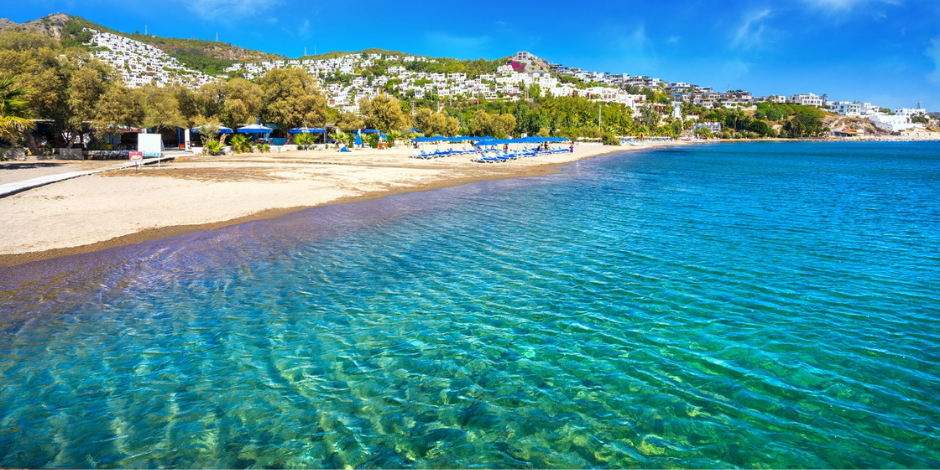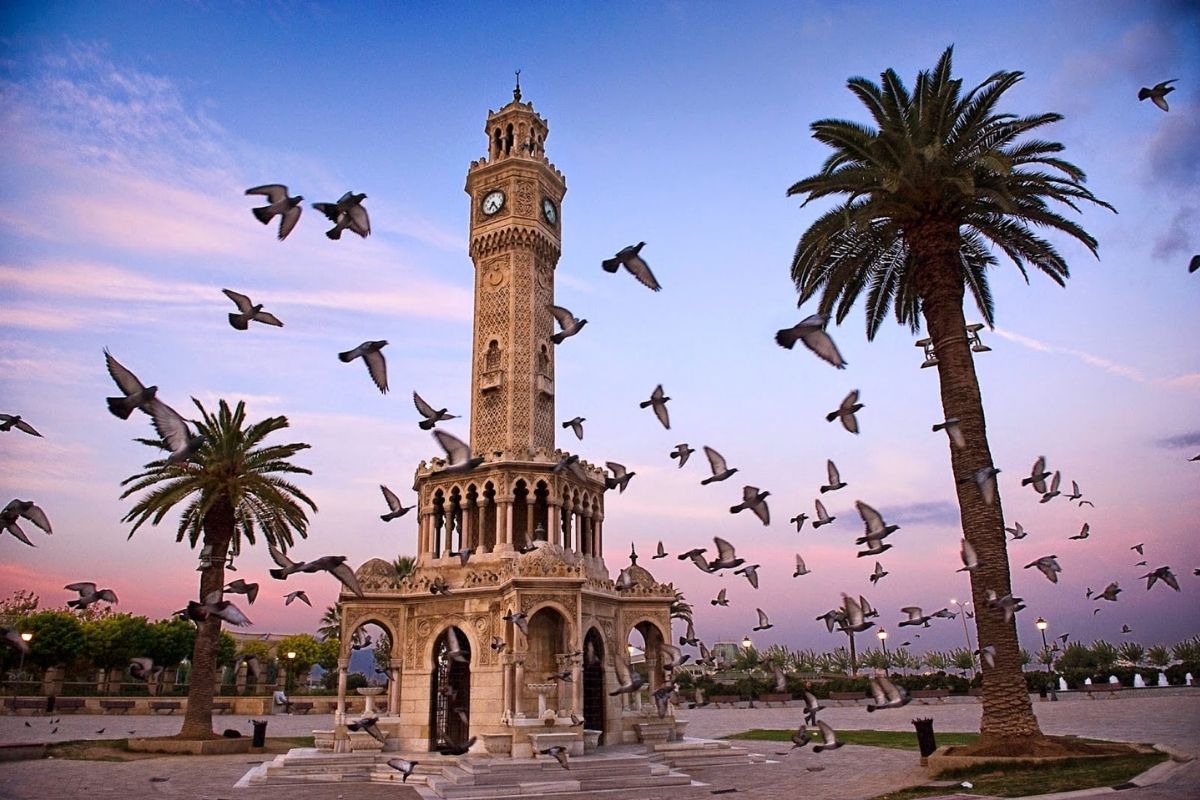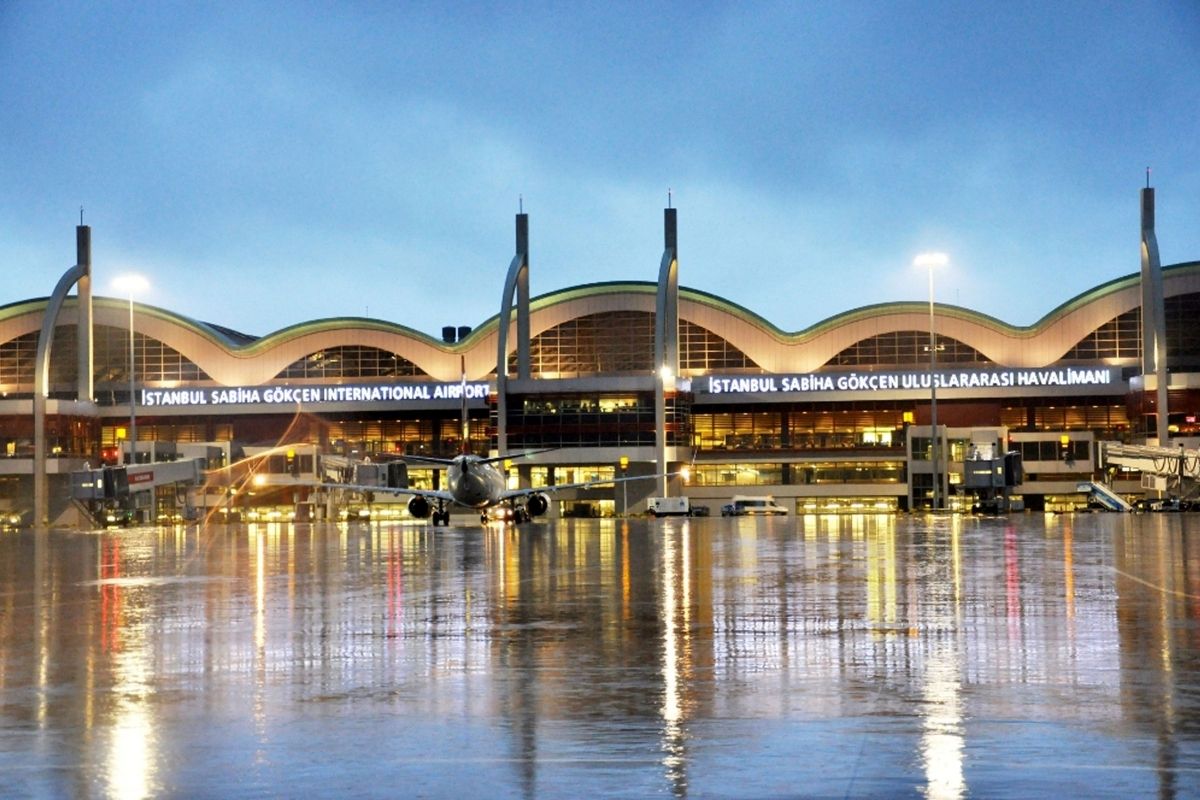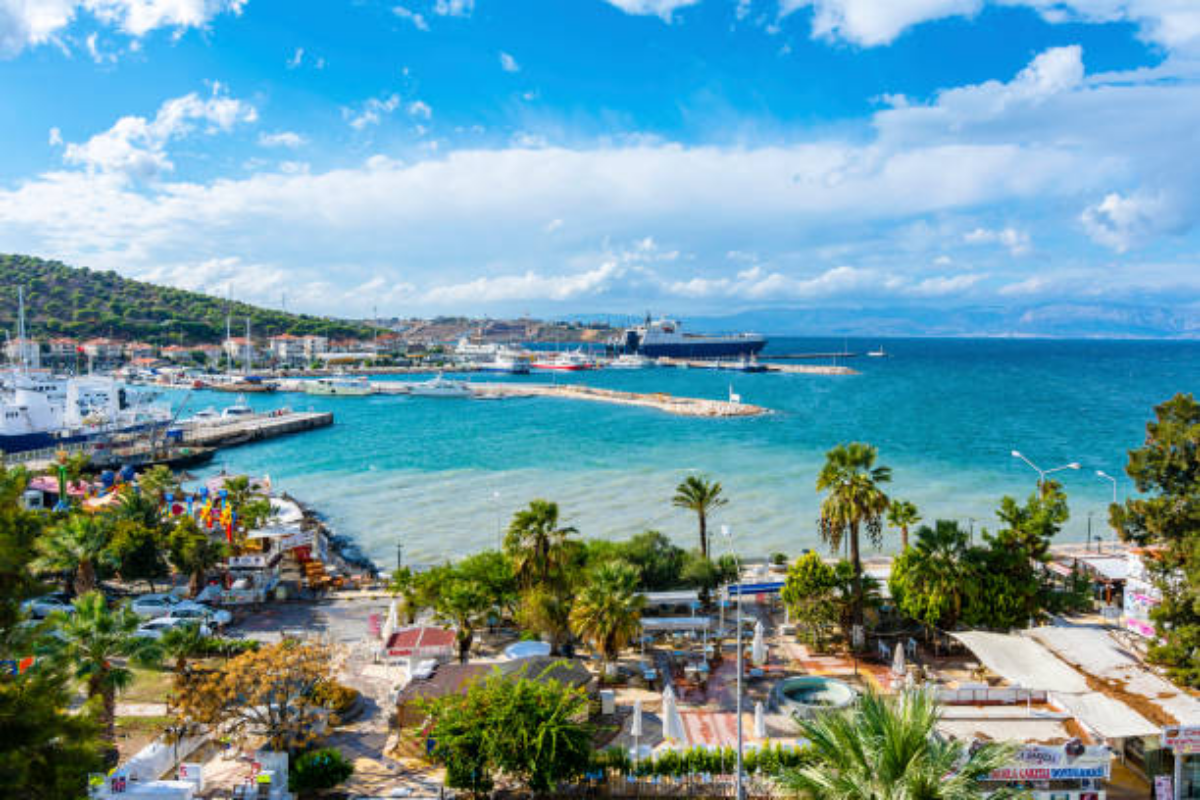The History of Büyük Ada: Istanbul’s Hidden Paradise

Büyük Ada, located among the Princes' Islands in Istanbul, attracts both local and foreign tourists with its historical and natural beauty. The island’s history dates back to the Byzantine era and carries traces of many different civilizations. Today, Büyük Ada is a popular holiday resort with its elegant wooden mansions, peaceful atmosphere, and sea-view streets. However, when delving deeper into its history, the island’s past is quite rich and captivating.
Byzantine Era and Early History
The first significant traces of Büyük Ada’s history date back to the Byzantine Empire. During this period, the island was known as "Prinkipo." Derived from the Greek word for "prince," this name reflects the island’s use as an exile destination for princes and nobles in the Byzantine Empire. The Byzantines built monasteries and churches on the island, and the residents generally led a religious life.
Ottoman Era: Palaces, Monasteries, and Exiles
Büyük Ada also played a significant role during the Ottoman Empire. In the 19th century, especially during the reign of Sultan Mahmud II, many grand mansions, palaces, and monasteries were constructed on the island. Aristocrats and wealthy families living on the island established their summer residences here. In addition, many intellectuals and artists lived on the island, enriching its cultural life.
One of the most notable aspects of the Ottoman period was the island’s use as a place of exile. From time to time, sultans sent their rivals to Büyük Ada due to palace intrigues or political reasons. Thus, the island became a reflection of the internal conflicts within the Ottoman Empire.
Republican Era: Modernization and the Rise of Tourism
With the establishment of the Republic, significant changes took place on Büyük Ada. In the early 20th century, intellectual figures, artists, and writers became prominent among the island’s residents. The island became an attractive holiday destination for those wanting to escape the noise of Istanbul. Particularly in the 1920s and 1930s, Büyük Ada gained fame for its luxurious mansions. During this period, transportation to the island became easier, and Istanbul's aristocratic class began spending more time here.
The island also became popular with summer cinemas, cafes, and restaurants. Due to the prohibition of motor vehicles and electric cars, transportation on the island was mainly done by horse-drawn carriages. This made life on the island calmer and more peaceful. Büyük Ada offered a relaxing atmosphere, far from the cosmopolitan nature of Istanbul.
Today’s Büyük Ada
Today, Büyük Ada is one of Istanbul’s most important tourist destinations. The island’s historical buildings and views offer visitors a glimpse into the past, while its natural beauty also stands out. The island remains an ideal escape for those wanting to avoid the hustle and bustle of Istanbul with its tranquil atmosphere. Additionally, modern amenities like sailing clubs, bike paths, and hiking trails blend traditional and modern island life.
One of the most significant aspects of Büyük Ada’s history is its peaceful coexistence with its past. Today, every stone, mansion, and landscape on the island is a part of its history, and this heritage tells a story to visitors in every corner of the island.
Conclusion
Büyük Ada is not only one of Istanbul’s most beautiful corners but also a mirror of Istanbul’s history. From the Byzantine to the Ottoman period and from the Republican era to the present day, the island has taken on different identities and functions in every era. Now, it continues as a magnet for visitors, blending the traces of its past with modern life. With its historical and cultural heritage, Büyük Ada remains an indispensable destination for those wishing to explore Istanbul.










